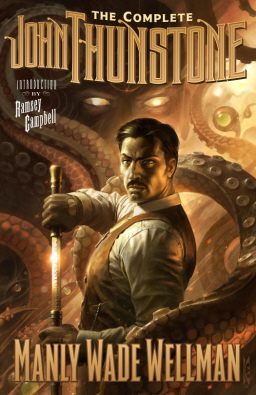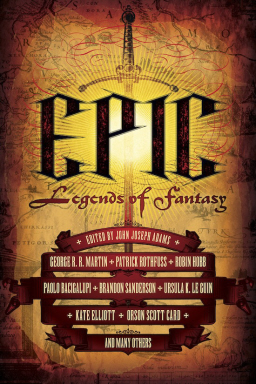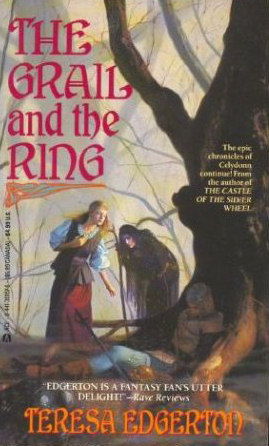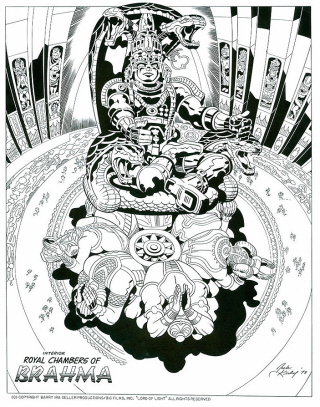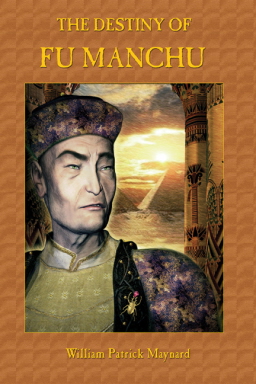Teaching and Fantasy Literature: So I Guess It’s My Blind Spot, Too
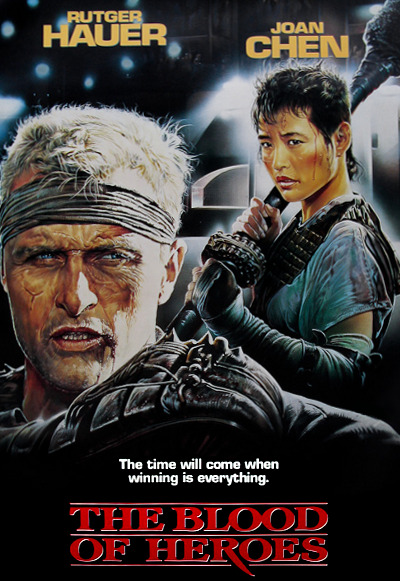
Last week I wrote about trying to understand sports writing as if it were a subgenre of sword and sorcery. For my students’ sakes, I’ll read just about anything–and usually when my students entice or implore me to leave my comfort zone as a reader, something good happens.
I said something myopic last week, and I’m actually glad to have said it here, where it drew thoughtful, friendly responses that have not only helped me get further into my students’ favorite reading, but have also helped me understand what it is about genre fiction that turns off some litfic-only readers. I said:
And what monster does the athlete vanquish in most sporting events?No monster, just a fellow athlete. What threat does the fellow athlete pose, to anybody other than the athlete we’re reading about? In most cases, none at all. In a boxing match, two potentially decent guys beat the snot out of each other, with nothing at stake that truly matters. In a football game, dozens of young men bludgeon their brains against the insides of their skulls, and for what? For bragging rights and cash? How much patience would I have for a fictional character who did as much harm for something as trivial? The more a sport resembles sword and sorcery combat in its results, the less interested I am in it. Conflict will only get you so far when the motives are shallow. Am I a prig? Maybe I’m being a prig.
Nobody said, Yes, Sarah, you’re being a prig. So, um, thank you for your patience and forbearance.
What happened instead was a conversation about conflict and its stakes generally, a conversation I’ve continued having with myself all week.
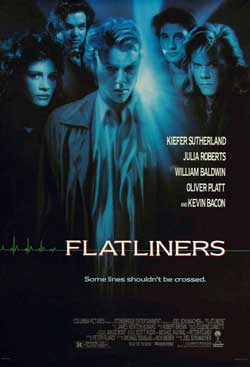
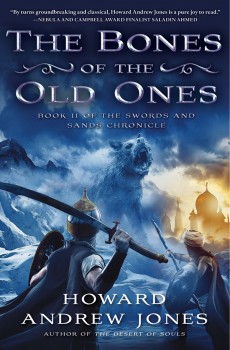 January marked the fourth straight month that we’ve been bringing you the best in adventure fantasy through our new Black Gate Online Fiction line. Every week we present an original short story or novella from the best writers in the industry, all completely free.
January marked the fourth straight month that we’ve been bringing you the best in adventure fantasy through our new Black Gate Online Fiction line. Every week we present an original short story or novella from the best writers in the industry, all completely free.